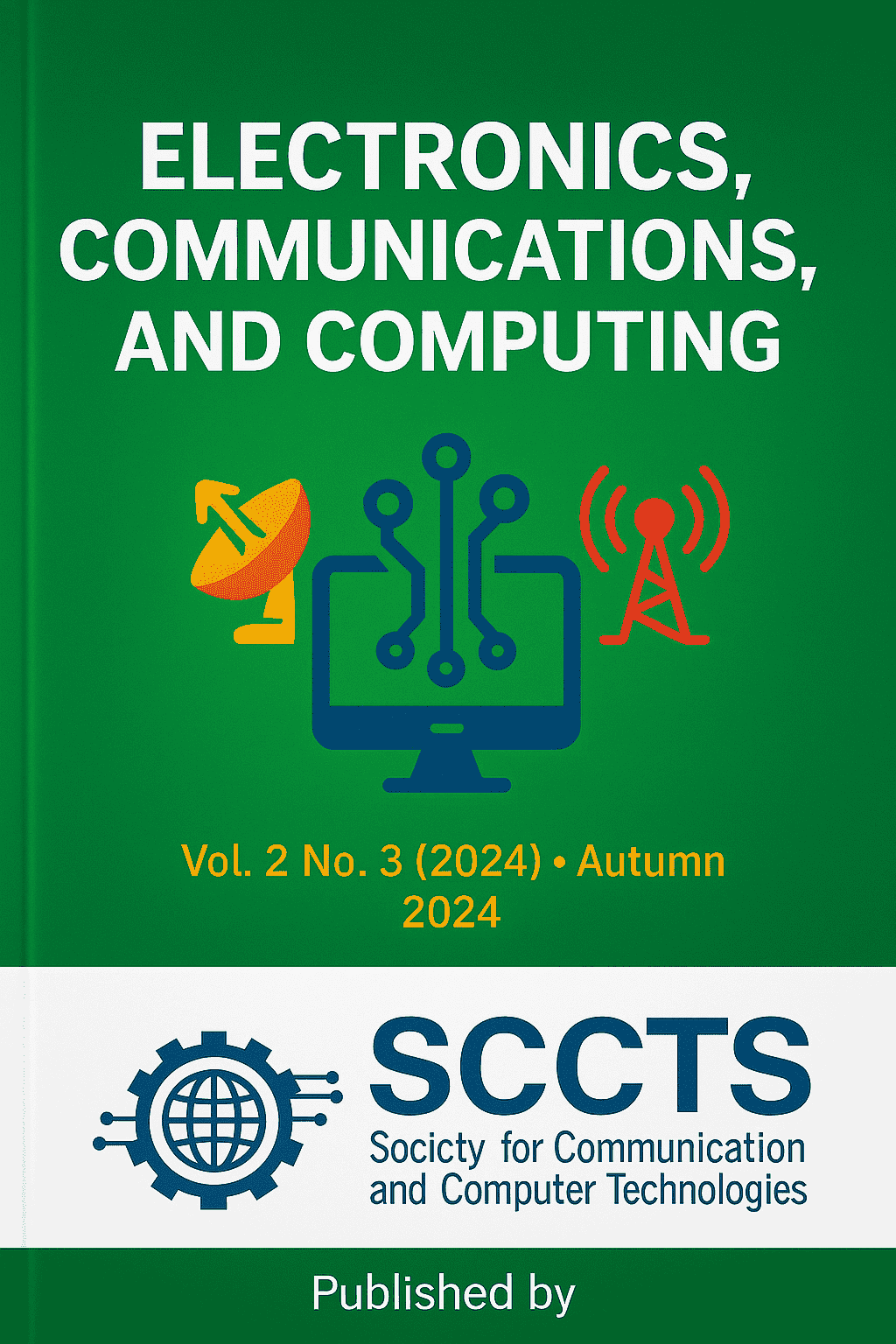Digital Twin-Based Optimization Models for Intelligent Industrial Systems
Keywords:
Smart Manufacturing, Industry 4.0, Cyber-Physical Systems, Real-Time Simulatio, Predictive Maintenance, Industrial Internet of Things (IIoT), Multi-Objective Optimization, Edge Computing, Intelligent Decision-Making, Digital Transformation, Process Automation, Adaptive Control Systems, Smart FactoryAbstract
With Industry 4.0, the manufacturing industry has changed significantly and the focus has shifted towards combining cyber- physical systems, real-time data analytics and automation to develop intelligent and adaptive industrial systems. In the same paradigm, Digital Twin (DT) is a technology that is proving to be a game-changer as it allows the generation of dynamic virtual representations of physical assets, processes and systems. In this paper, the authors suggest a powerful framework that incorporates DT technology into multi-objective optimization models to maximize intelligent industrial systems performance, adaptability, and operational resilience. The structure is intended to power the uninterrupted data-driven synchronization of the physical and digital representation of entities by providing an ability to monitor entities in real-time and make predictions and decisions independently. One of the essential contributions of the work is the creation of a hybrid simulation-optimization model that allows addressing dynamic resource allocation, predictive maintenance scheduling, and energy-efficient operation in the environment of changing production demands. Component of optimization meets constraints (e.g. throughput, available resources, and response latency), minimizes cost, energy, and machine unavailability in the system. The method under consideration is proved to be efficient in a case study within a smart manufacturing setting, the deployment of the initial optimization framework based on the DT led to the energy efficiency increase of 28 percent, the reduction in unplanned downtime of 35 percent, and the increase in overall system throughput of 21 percent. Such findings highlight the possibility of data-enabled optimizing in meeting sustainable manufacturing performance and data-oriented operational excellence. The scalability of the architecture in multi-site industrial environment and the role of edge computing towards minimizing latency in the system is also discussed in the paper. The implementation issues, connected to complexity, cyber-security concerns, and model-prediction accuracy, have been recognized, along with the suggested scope of the future study aimed at incorporating the concepts of AI-based adaptive control, federated learning, and cross-domain digital twins collaboration. In general, the given work indicates that the optimization models, based on DT, have a clear practical significance allowing one to convert conventional manufacturing systems into smart, self-organizing, and sustainable operations that comply with Industry 4.0 requirements.



